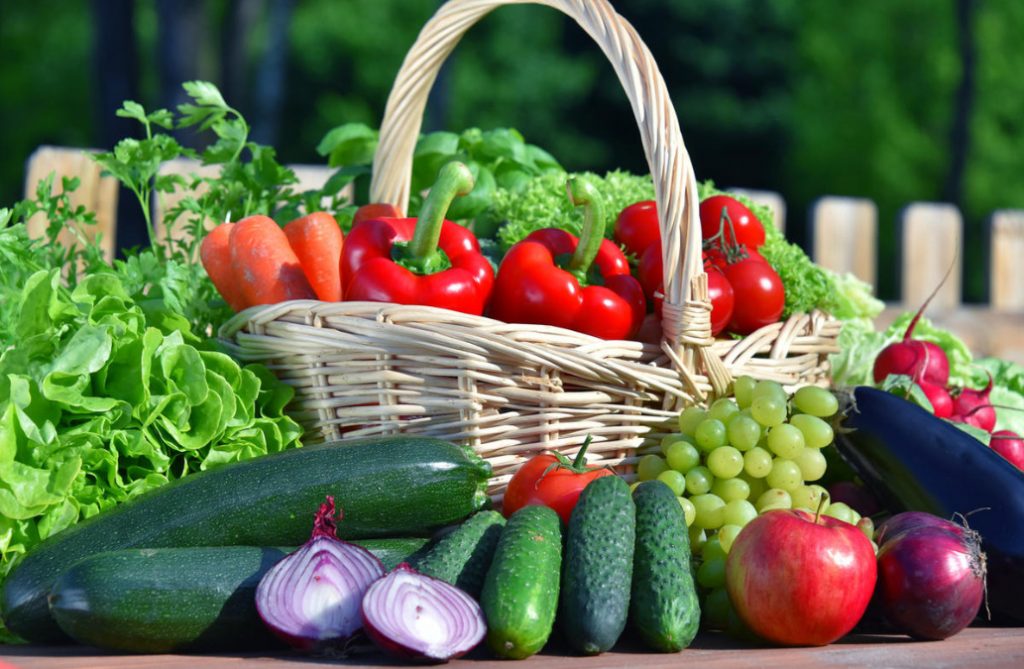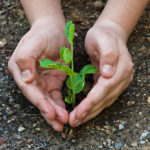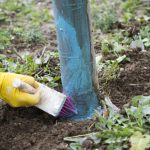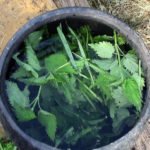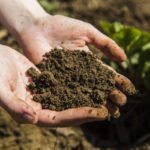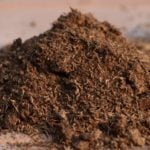In early June, the planting and sowing season ends, it’s time to plant the most heat-loving plants. Since February, we have been working on seedlings, taking care of it, and now it is its turn to please us with its development, flowering and fruiting. Let’s look at the factors that affect the yield.
Productivity factors
Undoubtedly, the yield depends on the variety. Not for nothing is the army of breeders tirelessly working to create new and new varieties of vegetables, fruits and ornamental plants. The second factor is correct agricultural equipment. No matter how excellent the variety is, if it is placed in unsuitable conditions, good returns are not expected.
But there are other reasons that can greatly affect the size and quality of the crop. For example, you have planted a great variety of tomatoes. You have grown a strong seedling, planted it correctly and on time in a permanent place, water it, tie it up, stepson it — in General, you do everything that is required. But something went wrong. Maybe the return frosts came, and in General, the weather this summer is not “tomato” at all; you changed the soil on the bed, and it “did not like” the plants; the greenhouse was moved to another place — a lot of things can happen. And now this excellent variety did not show what you expected from it. It’s a shame! What went wrong?
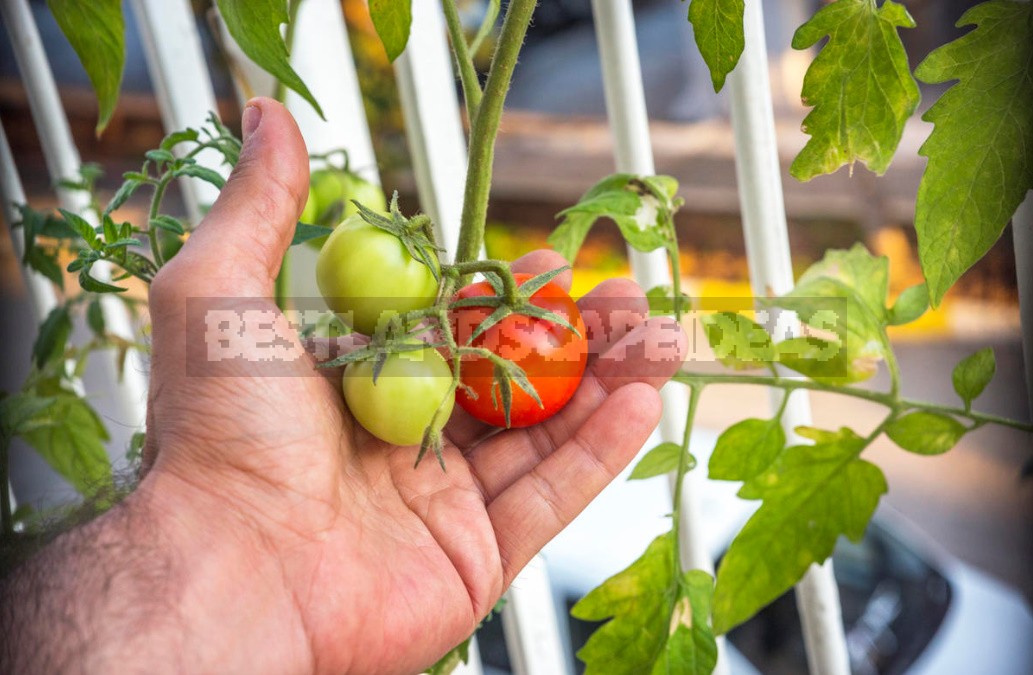
Stress in plants
The life of garden and garden inhabitants is full of stress, and not every cultivated plant is able to resist them. In addition to weather factors (such as severe cold, heat, winds and hail showers), solar activity changes, which dictates what to be in this summer season, and what to stay without fruit.
During stress, the hormonal background of plants changes, and the production of specific substances — gibberellins-is disrupted. These substances (phytohormones) directly affect the yield: if they are not enough, the number of fruits (or flowers) decreases, and the available ones do not grow to their normal size, they become smaller.
Artificial gibberellin
Fortunately, we have the opportunity to not just humbly wait for favors from nature, and to influence the process. Scientists synthesized artificial gibberellins, tested in practice. Getting plants an additional portion of phytohormones from the outside is good for the result.
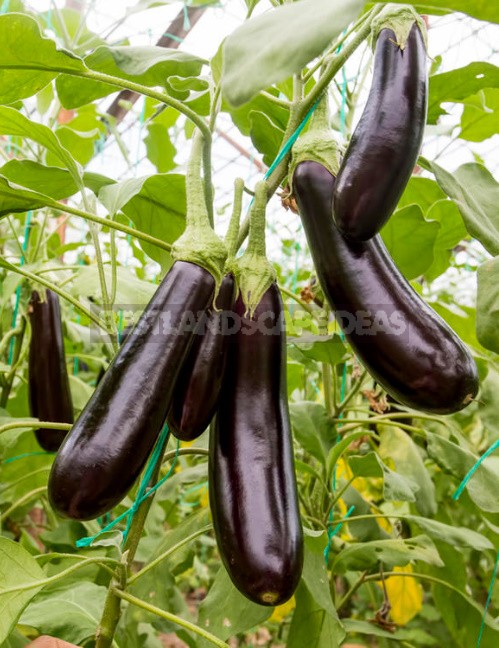
The drug contains gibberellinic acid (a phytohormone produced by biotechnological means) and has a wide range of effects on plants:
- increases the growth of the main stem and side shoots,
- increases the number of internodes and developing from them side shoots and peduncles,
- strengthens plant immunity to diseases,
- lettuce and cabbage yield increases and the mass of rosettes and heads increases,
- cucumbers and eggplants form more fruits and ovaries (and the yield increases),
- onions and carrots quickly form a more powerful vegetative mass (so the mass of bulbs and root crops grows),
- flower crops (zinnia, dahlias) develop faster, start flowering earlier, form more flowers on the plant,
- increases the flowering time (and increases the decorative effect),
- fruit crops give large increases, increase productivity.
The drug, which is a rapidly soluble powder, is diluted in water. The resulting solution is sprayed with garden or garden plants. The necessary concentration depends on the culture: the Instuction has all the information about it.
